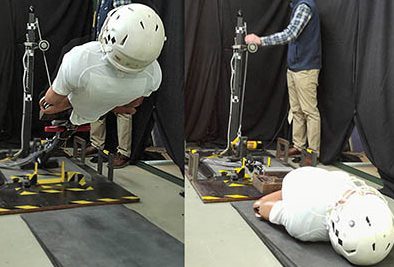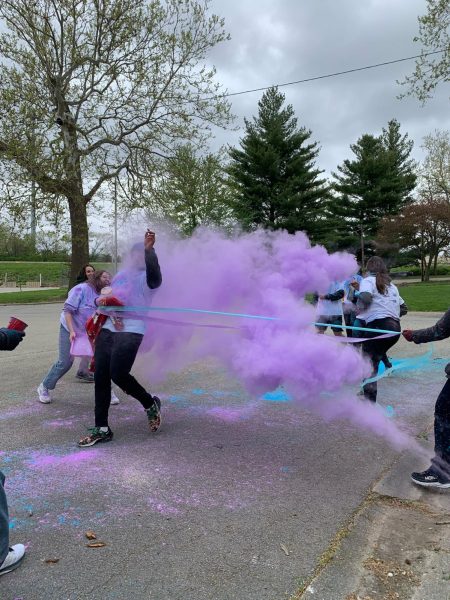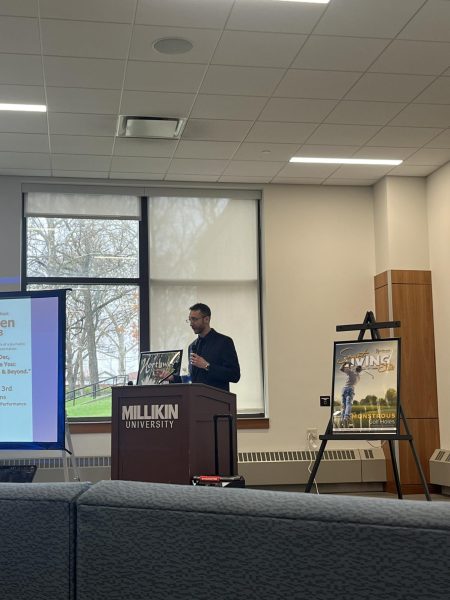Athletic Concussions: What You Should Know
The crowd is cheering, the stadium lights are bright, it is the fourth quarter and there is one yard to go before the opposing football team scores a touchdown. Being a defender, this is the moment you dream of. As the ball is snapped, you break through the offensive line to collide with the running back.
The next thing you know, you wake up to a roaring crowd, your teammates helping you off the ground. You do not know what happened, but your head is throbbing, you feel nauseated, and there is ringing in your ears.
This is what is supposed to happen when you make a good hit, right?
The energy of the stadium begins to drown out the symptoms you are feeling. It is time to get back in the game. I grew up playing football and know the mentality of many coaches, players, and parents is to “rub some dirt on it.” I have experienced the ear ringing and headaches after a collision in the past but had never let it stop me.
The Journal of Athletic Training reports an estimated 300,000 sport-related concussions occur annually. This is the second leading cause of traumatic brain injury among those 15 to 24 years old.
The Centers for Disease Control and Prevention state that three out of four traumatic brain injuries a year are concussions. These can lead to seizures and changes in short term memory, reasoning, balance, sight, emotion and language.
Long-term risks include potential increases for Alzheimer’s disease, Parkinson’s disease, and other brain disorders. These dangers are increased for an athlete who has multiple concussions during a sporting event; The American Journal of Sports Medicine shows the effects of concussions to be cumulative. This means the greater number of concussions an athlete has experienced, the longer the period of impairment.
The Clinical Journal of Sport Medicine shows evidence that suggests that up to two-thirds of concussions are not reported due to lack of awareness regarding the severity of the head injury and educational deficits on whether the injury requires medical attention.
Educating yourself on concussions and asking the athletic trainer when you’re having unusual symptoms are both good safety practices. The Journal of Neurology Clinical Practice explains that educational emphasis on the matter is the initial action toward preventing the short and long-term impacts of sports-related concussions.
Additionally, the Clinical Journal of Sport Medicine reports that athletic trainers are well educated on detecting concussions and found that 75% of concussions are reported when athletic trainers are present.
Competitive sports are great, and the purpose of this article is not to reprimand anyone who plays them. Like I mentioned above, I played contact football for ten years. Athletics help to teach discipline, self-sacrifice, teamwork, and work ethic. However, it is important to remember the risks of concussions.
Ultimately, the health of your brain is more important that the outcome of a game. If you ever experience any abnormal symptoms during a game or practice, please report it to your coaching staff and get checked out by an athletic trainer. The staff here at Millikin are here to help protect you.
Have fun, play hard, and be mindful!











